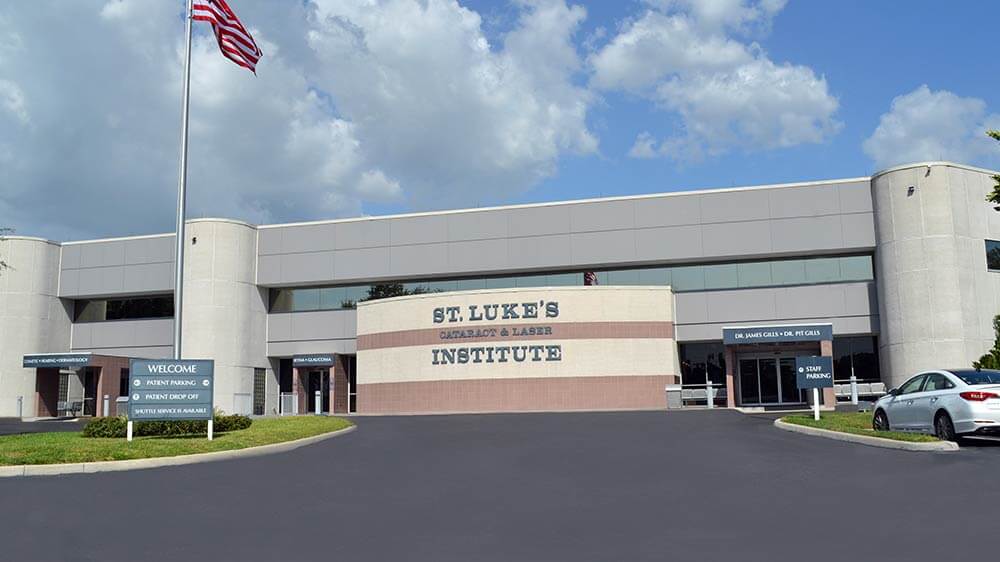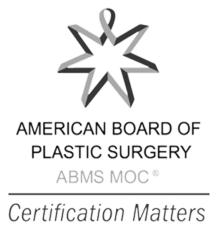
Do you wish your stomach was flatter, but you haven’t seen results, even after painstaking hours in the gym? Have you reached your ideal weight, but your belly is too flabby?
One cosmetic procedure many people have heard of is an abdominoplasty, commonly called a tummy tuck. A tummy tuck removes excess skin and fat around the abdomen, giving the stomach a flatter and more toned appearance.
This procedure has lasting results, but they’re only permanent if you maintain weight after surgery. To better understand how permanent a tummy tuck can be, let’s first talk about what the procedure entails and who it’s best for. Keep reading to learn about tummy tucks and if one could be right for you!
What is an Abdominoplasty?

An abdominoplasty is a cosmetic procedure that improves the appearance of the abdomen. It usually requires general anesthesia, and recovery takes about six weeks.
As the name suggests, an abdominoplasty is performed on the abdomen. Dr. Villanustre will create incisions to remove excess skin and fat around the midsection.
After removing the excess skin and fat, he will reposition the remaining tissue to make the abdomen look smoother. During the procedure, the connective tissue in the abdomen, called fascia, is often tightened with sutures to further smooth out the appearance of the stomach.
After surgery, all the incisions are closed with sutures and covered with surgical dressing. During the six-week recovery, patients must wear an abdominal binder to support the stomach and surrounding area as it heals.
Reasons to Have a Tummy Tuck

A tummy tuck is not a way to lose weight but to give your stomach a more toned appearance. Consider an abdominoplasty if you’re unsatisfied with the appearance of loose, excess skin around the abdomen.
You may have this excess skin from pregnancy, weight loss, previous abdominal surgery, or just simply due to aging. The skin starts losing its elasticity with age, making it droop and sag.
When skin doesn’t have enough elasticity, this causes wrinkles and makes your stomach look like it’s sagging. Some patients may choose to combine abdominoplasty with liposuction.
Keep in mind this is not a replacement for diet and exercise but rather a way to remove stubborn fat that isn’t affected by diet and exercise. If you have stubborn fat and sagging skin that you want to treat, having liposuction and a tummy tuck simultaneously means you only need one surgery instead of two, reducing the amount of downtime and recovery necessary.
Candidates for Abdominoplasty
You must be in good health to have most cosmetic surgeries, including a tummy tuck. You also cannot be a smoker.
Patients considering cosmetic surgeries cannot have any pre-existing conditions that can make it difficult to heal from surgery. However, if they’re healthy, most patients should be good candidates for cosmetic procedures.
Weight Maintenance

But you must meet other qualifications to get a tummy tuck. Patients need to be able to maintain their weight after the procedure.
Abdominoplasty isn’t suited for anyone who plans to lose or gain significant weight. If you plan on becoming pregnant after the procedure, abdominoplasty is also not recommended. You also cannot have an abdominoplasty if your BMI is over 30.
After you have a tummy tuck, you must maintain a stable weight. Any significant weight gain or weight loss after surgery lessens the procedure’s effectiveness. Abdominoplasty results should be permanent as long as you keep a stable weight.
Long-Lasting Results After Abdominoplasty
The long-term outcomes for abdominoplasty are generally very positive. After the six-week recovery period, your stomach will appear more toned.
While the skin around your midsection can still sag, it’s unlikely to as long as you maintain a stable weight. Since a tummy tuck tightens the connective tissue in your abdomen, it won’t loosen as long as you don’t strain it by losing or gaining a lot of weight.
Like any surgical procedure, abdominoplasty does come with some risks. However, that risk is low and minimizable, provided you’re a good candidate for the procedure and follow all post-operative instructions from Dr. Villanustre.
Dr. Villanustre will review these risks before you undergo an abdominoplasty to ensure you’re well-informed and know exactly what to expect. If you have any questions or concerns about abdominoplasty, he will happily answer these to reduce any anxiety and make you more comfortable.
Most potential complications are minor and include the following:
- Excess scarring
- Partial numbness around the abdomen
- Fluid buildup under the skin that Dr. Villanustre can remove with a syringe

Extreme complications, like internal bleeding and infection, are rare and greatly minimized by following proper post-operative care.
Before any surgery, it’s essential to have realistic expectations and give fully informed consent, and the same is true before undergoing an abdominoplasty. However, assuming you qualify as a candidate for abdominoplasty, follow your post-operative instructions, and maintain a stable weight, a tummy tuck can permanently change the appearance of your stomach, making it appear smoother, flatter, and more toned.
For many people, undergoing a tummy tuck is a life-changing procedure that helps them feel more comfortable and attractive in their skin. If you’ve debated whether a tummy tuck is right for you, now is the time to find out!
To learn more about abdominoplasty, make an appointment with the experts at Reflections at St. Luke’s. Our specialists can provide you with a commitment-free consultation to explain the procedure in-depth and determine if you’re a good candidate for a tummy tuck! Isn’t it time to love what you see in the mirror?









